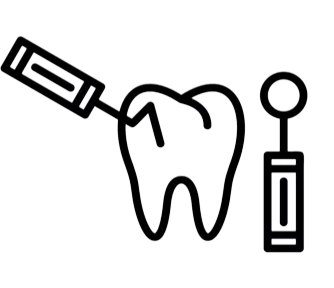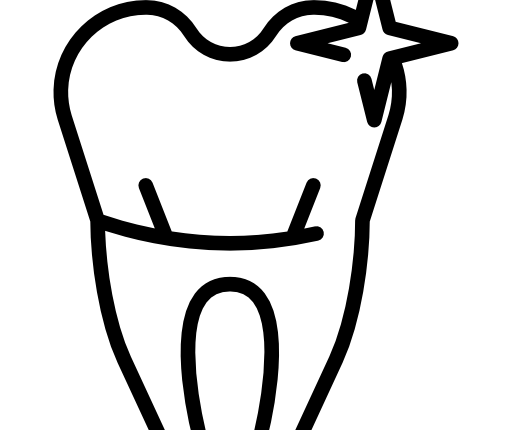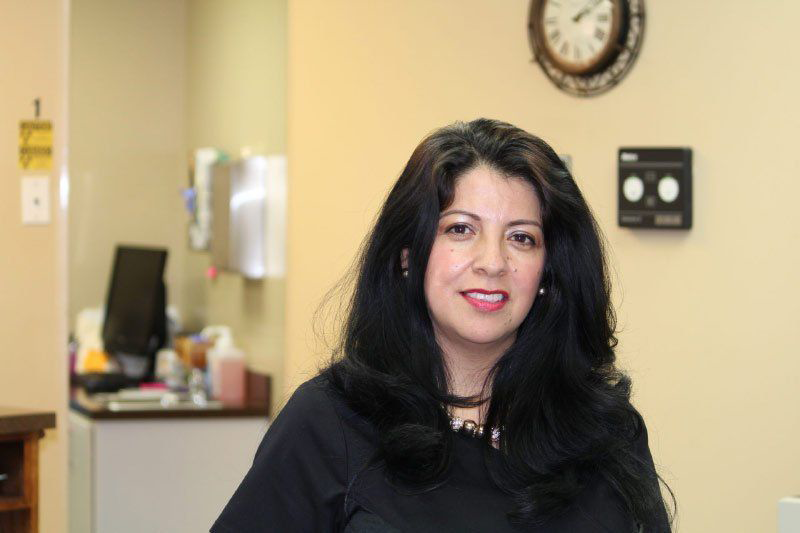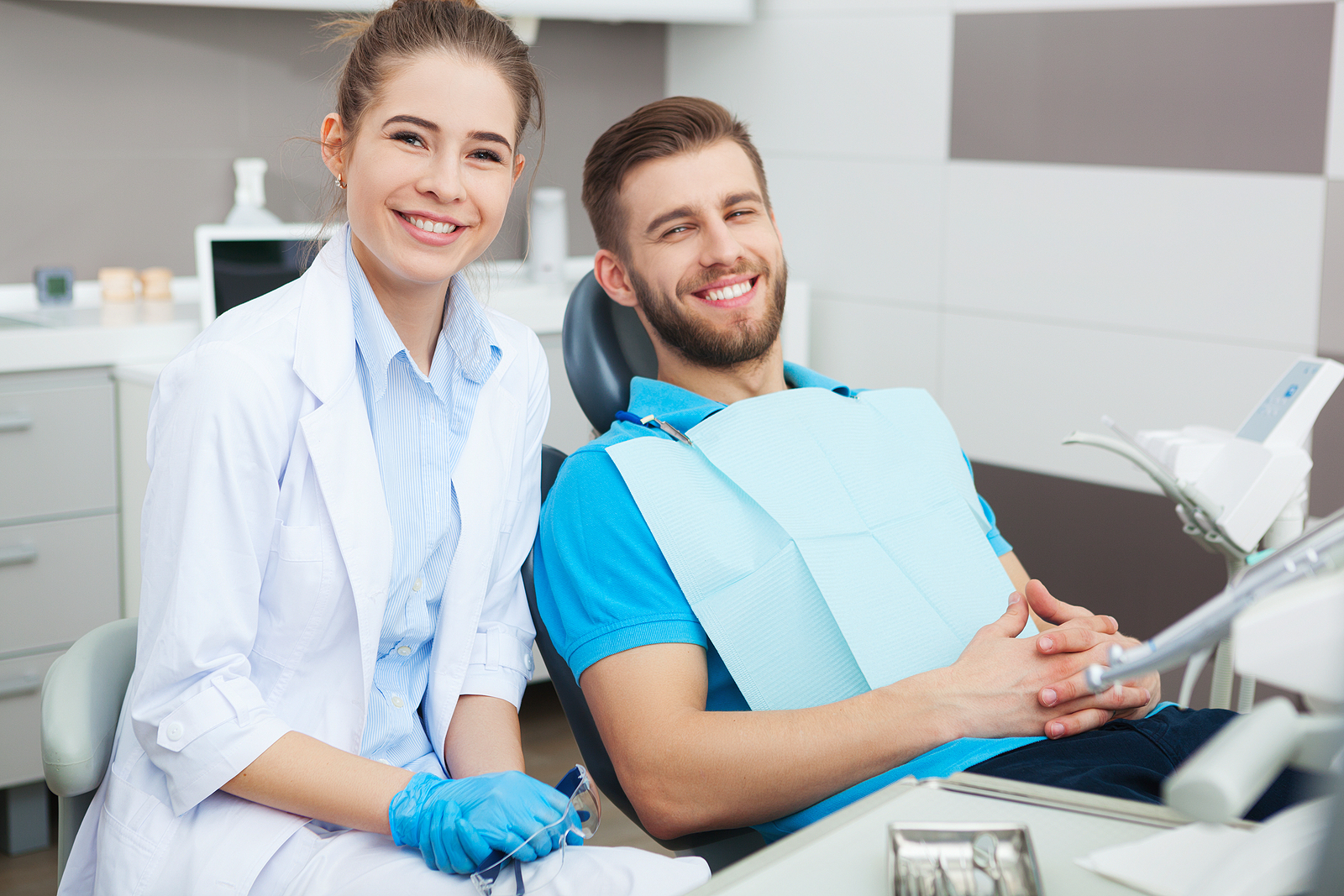![This is a thumbnail image of blog Good Oral Health Begins at Home This is a thumbnail image of blog Good Oral Health Begins at Home]()
Good Oral Health Begins at Home
Jul 21, 2023![This is a thumbnail image of blog Is a Root Canal in Your Future? Look Out for These 5 Warning Signs This is a thumbnail image of blog Is a Root Canal in Your Future? Look Out for These 5 Warning Signs]()
Is a Root Canal in Your Future? Look Out for These 5 Warning Signs
Jan 30, 2024![This is a thumbnail image of blog Achieve a Perfect Smile with Cosmetic Dentistry in Winston-Salem, NC This is a thumbnail image of blog Achieve a Perfect Smile with Cosmetic Dentistry in Winston-Salem, NC]()
Achieve a Perfect Smile with Cosmetic Dentistry in Winston-Salem, NC
Oct 16, 2024![Endodontics in Winston-Salem, NC Endodontics in Winston-Salem, NC]()
The Benefits of Endodontic Treatment: Why Saving Your Tooth is Worth It
Nov 11, 2024![This is a thumbnail image of blog How Restorative Dentistry Can Improve Your Quality of Life This is a thumbnail image of blog How Restorative Dentistry Can Improve Your Quality of Life]()
How Restorative Dentistry Can Improve Your Quality of Life
Mar 12, 2025

Benefits of Choosing Invisalign for Your Orthodontic Treatment
Invisalign is a revolutionary orthodontic treatment that utilizes clear, custom-made aligners to shift teeth into their desired positions gradually. Unlike traditional braces, which use metal brackets and wires, Invisalign aligners are virtually invisible and removable, offering a discreet and convenient option for patients seeking orthodontic correction. The treatment begins with an initial consultation with an orthodontist or dentist trained in Invisalign therapy, followed by digital teeth impressions to create a personalized treatment plan. Custom-made aligners are then fabricated to fit snugly over the teeth and exert gentle pressure to move them into alignment gradually. With regular progress checks and adjustments, patients can achieve straighter teeth and improved bite alignment without traditional braces.
Types of Orthodontic Issues Invisalign Can Address
- When the jaw has insufficient space for all the teeth to fit correctly, they may become crowded or overlapped. Invisalign can gradually straighten crowded teeth by creating space and aligning them correctly.
- Gaps or spaces between teeth, often caused by missing teeth or irregular tooth sizes, can be effectively closed using Invisalign aligners.
- An overbite occurs when the upper front teeth overlap the lower front teeth. Invisalign can help correct overbites by repositioning the teeth and adjusting the bite relationship.
- In contrast to overbites, underbites occur when the lower front teeth protrude beyond the upper front teeth. Invisalign treatment can address underbites by moving the lower teeth backward or the upper teeth forward, depending on the severity of the case.
- Crossbites occur when the upper teeth bite inside the lower teeth, causing misalignment and potential jaw issues. Invisalign aligners can correct crossbites by gradually shifting the teeth into proper alignment.
- An open bite occurs when the upper and lower teeth do not touch when the mouth is closed, creating a gap between them. Invisalign treatment can close open bites by guiding the teeth into their correct positions. Contact us today!
- In some cases, orthodontic issues may be related to misaligned jaws rather than crooked teeth. Invisalign can address specific jaw misalignments, although severe cases may require additional treatment, such as jaw surgery.
- Impacted teeth, which cannot emerge properly through the gum line, can also be addressed with Invisalign aligners in some cases. However, impacted teeth may require surgical intervention in addition to orthodontic treatment.
The Benefits of Invisalign
Discreet Appearance
One of the most significant advantages of Invisalign is its discreet appearance. The clear aligners are nearly invisible when worn, allowing you to straighten your teeth without drawing attention to your smile. This makes Invisalign appealing to adults and professionals who may feel self-conscious about wearing traditional braces.
Comfortable Fit
Invisalign aligners are made from a smooth, comfortable material that fits snugly over your teeth. Unlike traditional braces, which can cause irritation and discomfort from metal brackets and wires, Invisalign aligners are less likely to cause mouth sores or gum irritation, providing a more comfortable orthodontic experience.
Removable Convenience
Invisalign aligners are removable, allowing you to quickly eat, drink, brush, and floss during treatment. Unlike traditional braces, which can restrict certain foods and require special tools for cleaning, Invisalign aligners allow you to enjoy your favorite foods and maintain good oral hygiene habits without any restrictions.
Improved Oral Hygiene
Because Invisalign aligners are removable, it's easier to maintain good oral hygiene throughout treatment. Remove your aligners before brushing and flossing your teeth as you usually would. This helps prevent plaque buildup, tooth decay, and gum disease, improving oral health.
Tips for Maintaining Invisalign Aligners
Clean Your Aligners Daily
- Use a soft-bristled toothbrush, clear, antibacterial soap, or specialized Invisalign cleaning crystals.
- Gently brush your aligners inside and out to remove bacteria and prevent plaque buildup.
Rinse After Eating or Drinking
- Always rinse your aligners with water after eating or drinking anything other than water to remove food particles and prevent staining.
- Avoid hot water, as it can warp the aligners.
Brush and Floss Your Teeth
- Maintain good oral hygiene by brushing your teeth at least twice daily and flossing daily.
- Clean your teeth before reinserting your aligners to prevent trapping bacteria against your teeth.
Avoid Staining Foods and Drinks
- Limit consumption of staining foods and drinks such as coffee, tea, red wine, and berries while wearing your aligners.
- If you indulge, rinse your aligners and brush your teeth before reinserting them.
Store Your Aligners Properly
- Store them in their protective case when not wearing your aligners to prevent loss or damage.
- Avoid placing them in napkins or tissues, as they can easily be mistaken for trash.
Maintain Regular Dental Check-Ups
- Continue visiting your dentist for regular check-ups and cleanings throughout your Invisalign treatment.
- Your dentist can monitor your progress and provide professional cleanings to keep your teeth and gums healthy.
Invisalign offers a convenient, discreet, and effective way to achieve straighter teeth and improved bite alignment without traditional braces. Visit Eric J. Sadler, DDS & Associates at 3801 Indiana Avenue, Winston-Salem, NC 27105, or call (336) 744-1300 to determine if Invisalign is the right option for you. With Invisalign, you can achieve the straight, beautiful smile you've always wanted with confidence and convenience.
Location
3801 Indiana Avenue,
Winston-Salem, NC 27105
Office Hours
MON - THU8:00 am - 5:00 pm
FRI8:00 am - 1:00 pm
SAT - SUNClosed

















comments